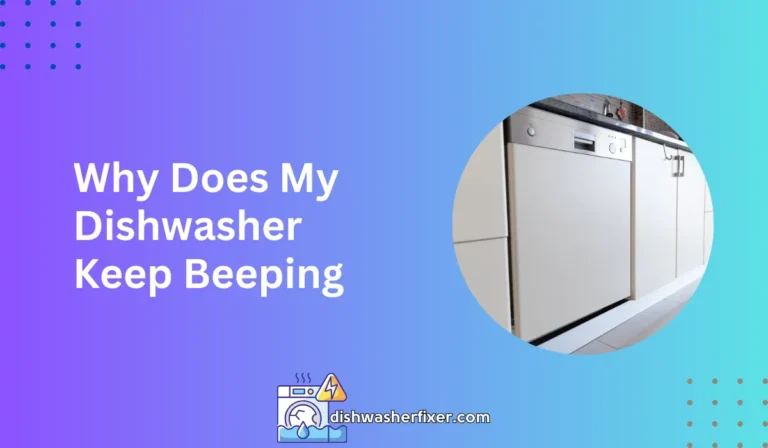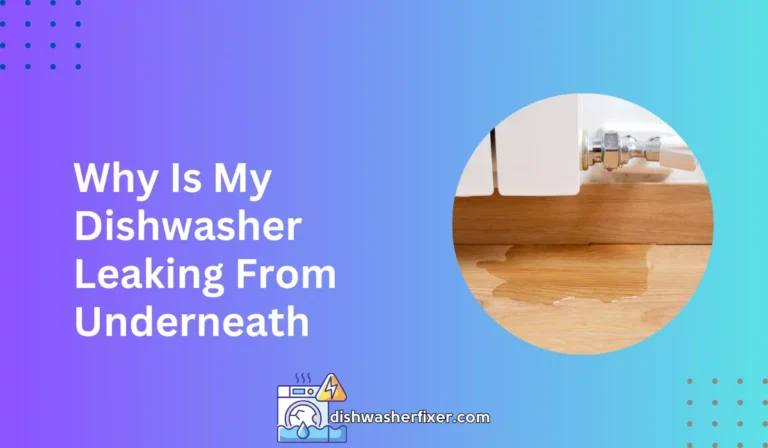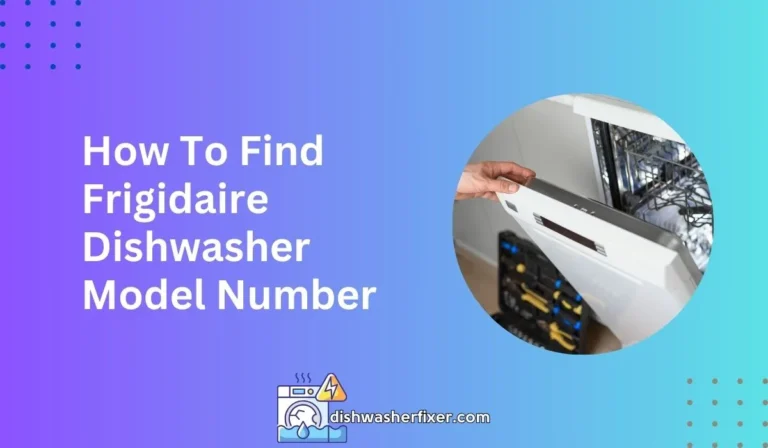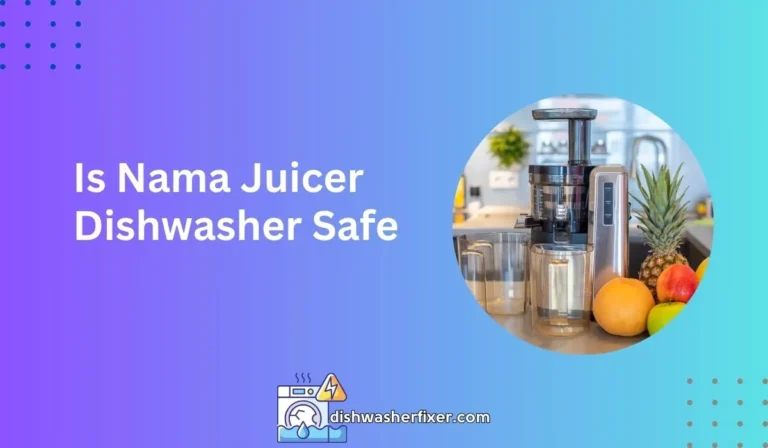How to Dishwasher Repair: Quick Fixes for Common Issues
To repair a dishwasher, first identify the issue, such as leaks or noise. Check the door seal for debris, and inspect the spray arms for clogs. Reset the dishwasher by unplugging it for a minute. If problems persist, consult the manual or a professional.
Common Dishwasher Problems and Diagnosis
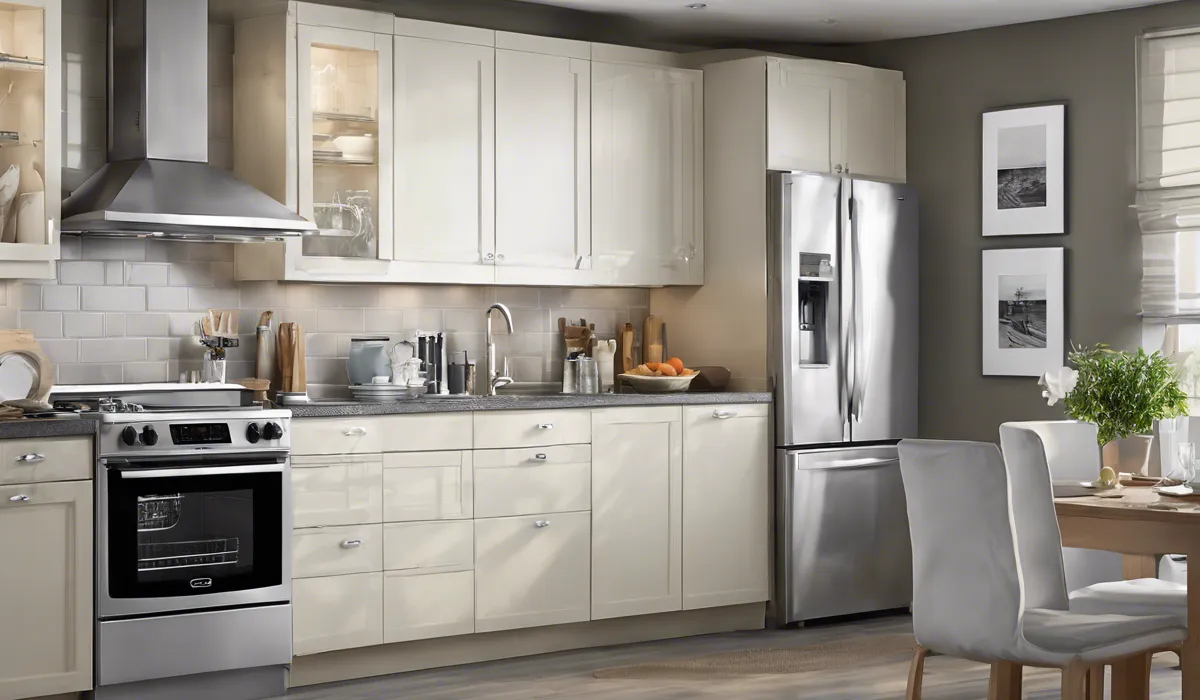
Not Starting
When your dishwasher refuses to start, the culprit could be a range of issues from simple to complex. To begin with, ensure that the dishwasher is properly plugged in and that the power socket is functioning.
If the power source is not the problem, the door latch or switch might be faulty. A proper seal is necessary for the dishwasher to start.
If the dishwasher still won’t start after checking these, it could be an issue with the control panel or internal wiring, which may require professional attention.
Not Cleaning Properly
If your dishes come out dirty post-wash, it’s time to investigate the spray arms. Clogged spray arms can prevent water from reaching all the dishes.
Regular maintenance includes checking for food particles or debris and cleaning the spray arms thoroughly.
Additionally, ensure that the dishwasher is not overloaded and that dishes are arranged according to the manufacturer’s guidelines.
Not Draining
A dishwasher that won’t drain properly is a common issue. Start by examining the drain hose for kinks or clogs.
You can also check the garbage disposal for blockages, as it’s connected to the dishwasher drain in many homes.
If the problem isn’t in the hose or disposal, the drain pump may be malfunctioning and could need replacing.
Making Strange Noises
Unusual noises coming from your dishwasher can be alarming. These sounds are often due to objects caught in the dishwasher or a malfunctioning pump.
Inspect the appliance for any loose utensils or debris that might be causing the noise. If the noise persists, it may be necessary to examine the pump and motor assembly for issues.
Leaking Water
Leaking can lead to water damage in your home, so it’s crucial to address this problem quickly. Check the door gasket for wear and tear as a first step. If it’s damaged, it will need replacement.
Also, overusing detergent or using the wrong type can cause leaks. Ensure you’re using the correct detergent and amount as recommended for your model.
Dishes Not Drying
Dishes that remain wet after a cycle can be a sign of a malfunctioning heating element or a problem with the dishwasher’s vent.
The heating element can be tested with a multimeter, and if it’s not working, it should be replaced. Additionally, check the vent to ensure it’s opening properly during the drying cycle.
Tools and Materials Needed for Repair
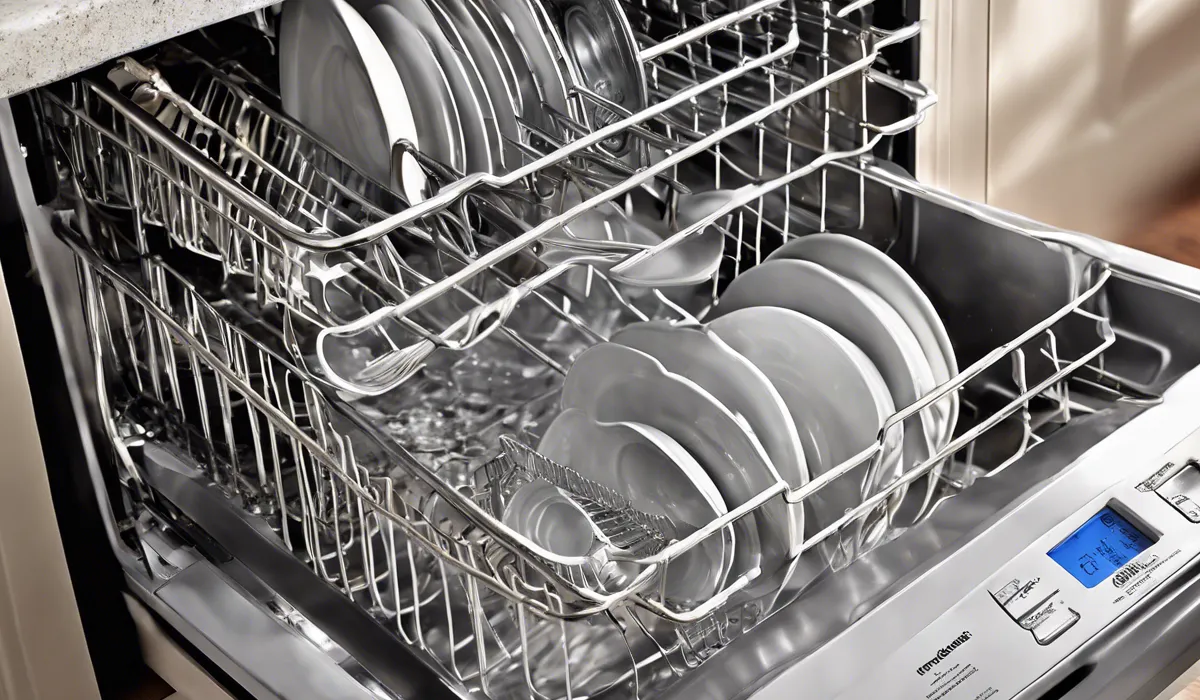
Screwdrivers and Pliers
To start any repair, you’ll need basic tools like screwdrivers and pliers. These tools will help you dismantle parts of the dishwasher for inspection and replace any faulty components.
Voltage Meter
A voltage meter is essential for testing electrical components, such as the heating element and inlet valve. Safety is paramount when working with electricity, so make sure to use the voltage meter correctly to avoid any risk.
Replacement Parts
Depending on the diagnosis, you may need replacement parts like a new pump, spray arm, or inlet valve. Always choose manufacturer-approved parts to ensure compatibility and proper functioning.
Teflon Tape
Teflon tape is used to seal threaded connections, such as the water inlet valve, to prevent leaks. It’s an inexpensive but critical material for any repairs involving water connections.
Manufacturer’s Manual
The manufacturer’s manual is your guidebook for your specific dishwasher model. It provides important details on parts, troubleshooting, and repair procedures. Always refer to the manual before starting any repair work.
Step-by-Step Repair Guide
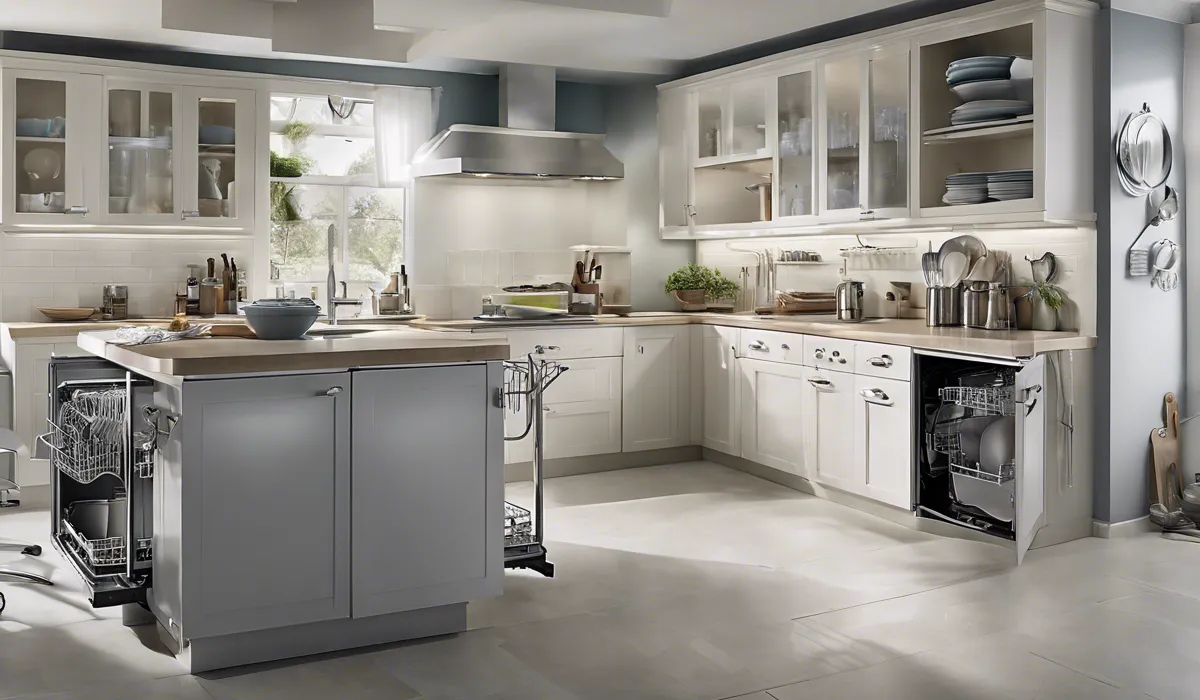
Safety First: Disconnect Power and Water Supply
Before attempting any repairs, always disconnect the power by unplugging the dishwasher or switching off the circuit breaker. Additionally, turn off the water supply to prevent any potential leaks or water damage during the repair process.
How to Check and Replace the Dishwasher Door Latch
If your dishwasher is not starting, the door latch may be to blame. Inspect it for any signs of damage or wear. To replace it, remove the inner door panel to access the latch assembly, unscrew the defective latch, and install a new one in its place.
Clearing and Maintaining the Spray Arms
Remove the spray arms according to the instructions in the manufacturer’s manual. Clean out any debris from the holes using a toothpick or small brush. Rinse them thoroughly and reattach them, ensuring they spin freely for effective cleaning.
Unclogging and Checking the Drain Hose and Pump
Disconnect the drain hose and flush it out with water. If the hose is clear, the issue might be with the pump. Access the pump from the bottom of the dishwasher and look for obstructions. If the pump is defective, replace it with a new one.
Inspecting and Replacing the Water Inlet Valve
A faulty water inlet valve can cause your dishwasher to fill slowly or not at all. Use a voltage meter to test the valve for continuity. If it’s faulty, use pliers to gently remove it and replace it with a new one, using Teflon tape to seal the connections.
Checking and Fixing the Heating Element for Drying Issues
Test the heating element with a multimeter to ensure it’s functioning. If it’s not, you’ll need to replace it. Access the element from the bottom of the dishwasher, remove it, and install a new one, securing it properly.
Testing the Dishwasher After Repair
Once you’ve completed the repairs, reconnect the power and water supply. Run a short cycle without dishes to test the functionality. Monitor for leaks, noises, and ensure that the dishwasher completes the cycle correctly and the dishes are dry at the end.
FAQs About Dishwasher Repair
What should I do first if my dishwasher is leaking?
First, inspect the door seal for any debris that might prevent a proper closure, and check for any visible signs of damage that could cause leaks.
What steps can I take if my dishwasher is making unusual noises?
Check the spray arms for clogs or obstructions that could be causing the noise and make sure they are spinning freely.
How can I reset my dishwasher?
Reset the dishwasher by unplugging it or turning off the power at the circuit breaker for a minute before restoring power.
What should I do if my dishwasher continues to have issues after basic troubleshooting?
Consult the dishwasher’s manual for specific troubleshooting steps or consider contacting a professional repair service for further assistance.
Is it safe to repair a dishwasher myself?
Some simple repairs can be done safely yourself, such as cleaning filters or unclogging spray arms. However, for electrical or complex mechanical issues, it is safer to consult a professional.
Final Thoughts
Effective dishwasher repair starts with pinpointing the problem, such as leaks or unusual noises. Regular maintenance checks include cleaning the door seal and ensuring the spray arms are free of clogs.
For immediate troubleshooting, try resetting the machine by disconnecting power for a short period. Persistent issues may require referencing the user manual or seeking professional assistance.
Useful Resources
- https://www.legislature.mi.gov/(S(q4gap055yzgxwt45n21siyub))/documents/mcl/pdf/mcl-Act-468-of-2002.pdf
- https://www.lni.wa.gov/licensing-permits/electrical/electrical-basics-for-home-business-owners/appliance-installation-and-repair
- https://www.michigan.gov/consumerprotection/protect-yourself/consumer-alerts/home-health/appliance-repair-act
